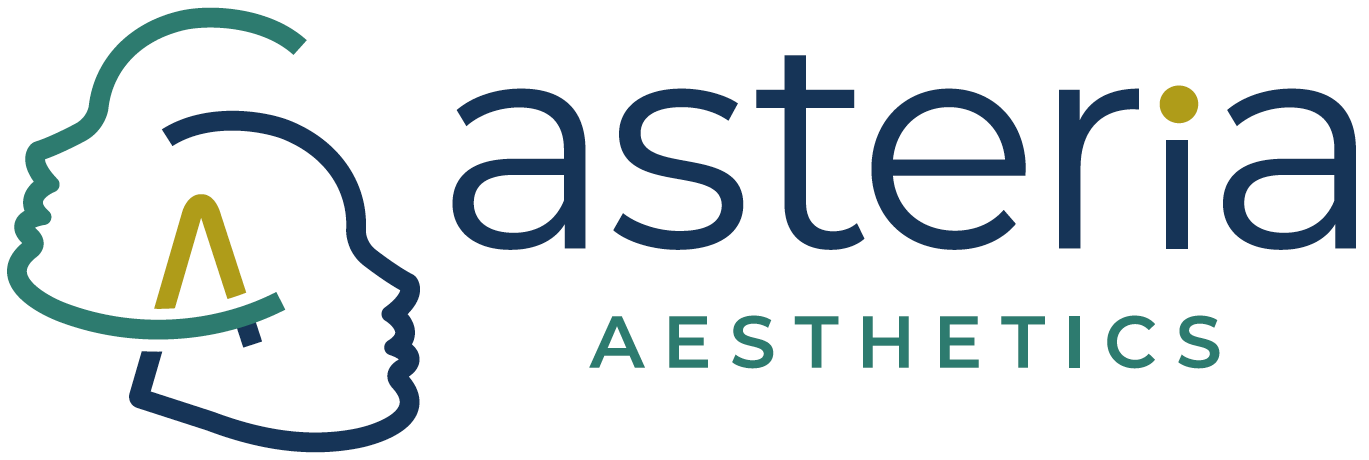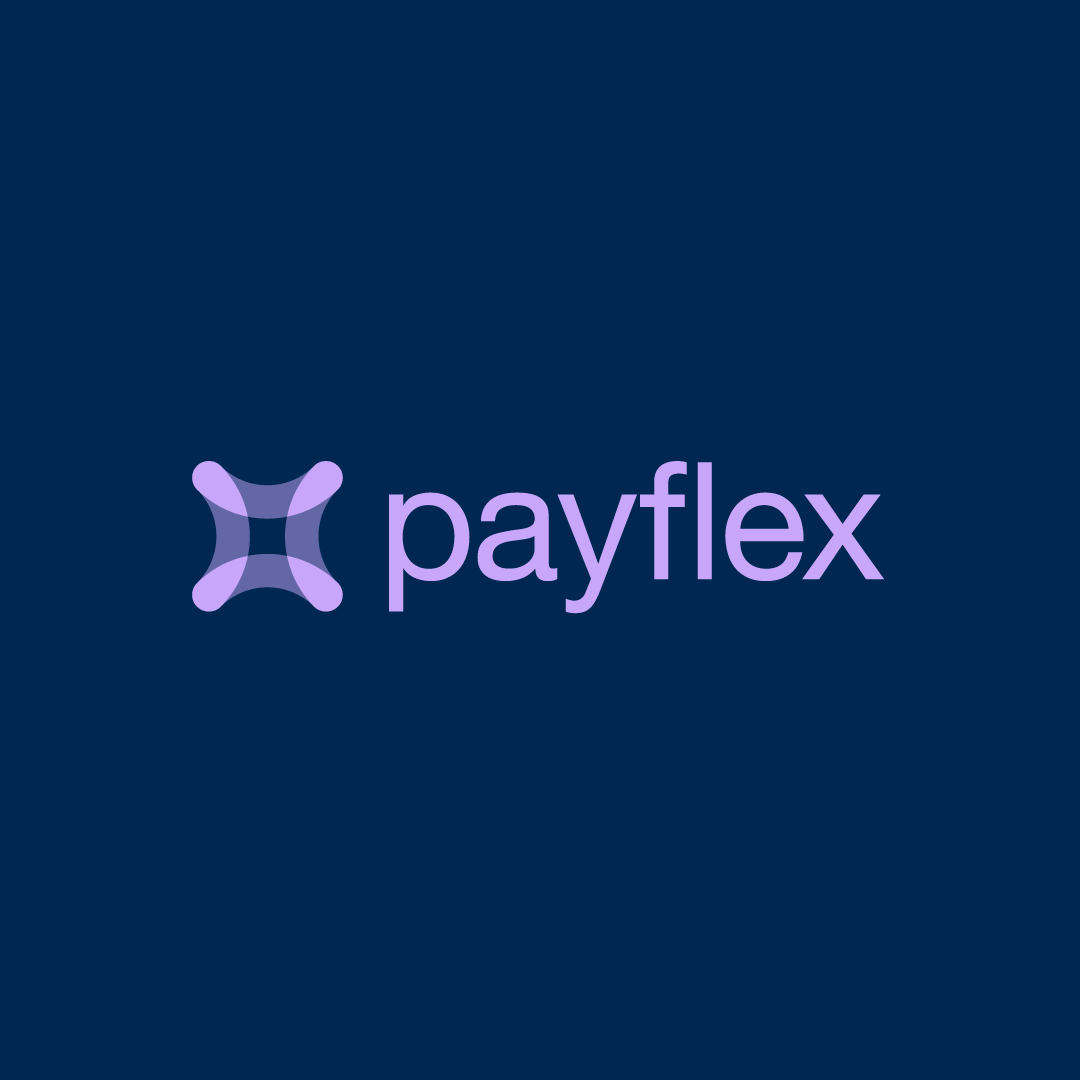Platelet-Rich Fibrin
Platelet-Rich Fibrin (PRF) is a cutting-edge regenerative treatment that harnesses the body's own healing abilities to rejuvenate tissue, accelerate healing, and improve skin health. Often used in medical and aesthetic procedures, PRF offers a natural and effective approach to skin revitalization, hair restoration, and scar healing.
What is Platelet-Rich Fibrin ?
In aesthetic treatments, PRF works by stimulating the skin’s natural collagen production, enhancing texture, tightening skin, and improving overall skin tone. Derived from your own blood, PRF contains concentrated growth factors, cytokines, and other bioactive molecules that promote tissue regeneration. This minimally invasive procedure can address a variety of concerns such as fine lines, wrinkles, acne scars, and hair thinning, offering long-lasting results with minimal downtime.
How PRP Works
1. Blood Collection and Centrifugation:
A small blood sample is drawn, which is then processed in a centrifuge. This step separates the blood into different components, concentrating platelets and fibrin into a gel-like substance known as PRF. This gel is rich in growth factors that stimulate healing and tissue regeneration.
2. Application of PRF:
The PRF gel is applied to the treatment area, either through injection or topical application. In most cases, it’s used in combination with microneedling, which creates tiny micro-injuries in the skin to help the PRF penetrate deeper into the dermis, boosting its effectiveness.
3. Collagen Stimulation:
The growth factors in PRF stimulate fibroblast activity, leading to the production of collagen and elastin. This results in smoother, firmer, and more youthful skin, as collagen is essential for maintaining skin structure and elasticity.
4. Tissue Regeneration:
PRF’s cytokines and bioactive molecules also help regenerate damaged skin tissue, improving skin health and texture, reducing signs of aging, and promoting a more even skin tone. The treatment can also help reduce acne scars and improve skin vitality.
Common Cosmetic Applications of PRF
1. Facial Rejuvenation:
• Fine Lines & Wrinkles: PRF boosts collagen production, reducing fine lines and wrinkles around the eyes, mouth, and forehead.
• Skin Firmness & Tightening: By enhancing collagen and elastin levels, PRF tightens sagging skin, especially in areas like the jawline, cheeks, and neck.
• Improved Skin Texture & Tone: PRF accelerates cell turnover, which helps smooth out rough patches, brighten skin, and even out skin tone.
2. PRF is suitable for most skin types and those looking to address pigmentation concerns like:
• Sunspots: Dark spots caused by prolonged sun exposure.
• Age Spots: Also known as liver spots, these occur because of aging or UV damage.
• Melasma: A condition characterized by brown or dark-brown patches, often caused by hormonal changes.
• Uneven Skin Tone: For those with generalized pigmentation irregularities, looking to achieve an even tone.
3. Under-Eye Area (Dark Circles & Hollowing):
• Dark Circles: PRF enhances circulation and skin health, helping to diminish the appearance of dark circles for a more refreshed look.
• Tear Troughs: For hollow or sunken under-eye areas, PRF can restore volume, reducing the appearance of tired, gaunt eyes.
4. Acne Scarring:
• Scar Healing: PRF promotes tissue regeneration, improving both shallow and deep acne scars by stimulating healthy skin growth.
• Improved Skin Texture: Over time, PRF can smooth out uneven skin texture, leaving skin clearer and more even.
5. Hair Restoration:
• Stimulating Hair Growth: PRF’s growth factors help revitalize hair follicles, promoting thicker, stronger hair. This is especially beneficial for those with pattern baldness or hair thinning.
• Improving Hair Strength: In addition to stimulating new growth, PRF strengthens existing hair, reducing shedding and breakage.
6. Neck & Décolletage Rejuvenation:
• Wrinkle Reduction: PRF can tighten and smooth out wrinkles in delicate areas like the neck and chest.
• Improved Skin Firmness: The collagen-boosting effects help improve elasticity, reducing sagging and creating firmer skin.
7. Hand Rejuvenation:
• Volume Restoration: PRF can restore lost volume in the hands, smoothing out veins and hollows that become more prominent with age.
• Improved Skin Texture: It can also reduce age spots and sun damage, providing smoother, more even skin.
8. Lip Enhancement & Perioral Lines:
• Subtle Lip Enhancement: PRF helps plump and shape the lips naturally, enhancing their appearance.
• Reducing Lip Lines: PRF can smooth out fine lines around the mouth, such as smoker's lines, by stimulating collagen production.
9. Full-Face Skin Rejuvenation:
• Overall Skin Health: PRF improves skin quality, texture, and radiance for a natural, refreshed appearance. It’s a great option for those looking to maintain youthful skin without invasive procedures.
• Minimal Downtime: Since PRF uses your own blood, the risk of side effects is very low, and most people can resume normal activities the following day.
10. Scar Treatment (Stretch Marks & Surgical Scars):
• Scar Healing: PRF accelerates tissue regeneration, softening and reducing the appearance of scars over time.
• Improved Texture: It can help make scars less pronounced and more even in texture.
11. Post-Surgical or Post-Treatment Healing:
• Accelerated Recovery: PRF helps speed up healing after surgeries or treatments, reducing swelling, bruising, and recovery time.
• Enhanced Results: PRF can also enhance the effects of other treatments like microneedling or dermal fillers by stimulating collagen and tissue repair.
Treatment Areas
Facial
- Full Face
- Under-Eye
- Lips & Perioral Lines
- Neck & Decollete'
Other Areas
- Hair Restoration
- Hands
- Scars
- Stretch Marks


